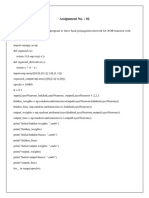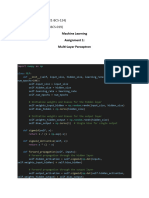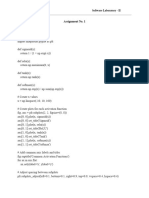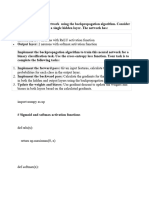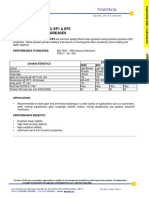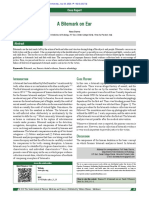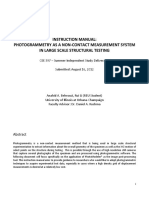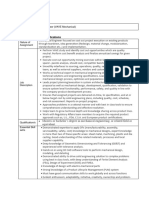0% found this document useful (0 votes)
25 views5 pages02 ML PDF
The document describes the implementation of a backpropagation algorithm for a neural network designed to solve the XOR problem. It includes the architecture of a one-hidden-layer network, the activation functions used, and the training process over 5000 iterations. The results show the network's predictions compared to actual targets, demonstrating its accuracy in learning the XOR function.
Uploaded by
Shraddha AmbekarCopyright
© © All Rights Reserved
We take content rights seriously. If you suspect this is your content, claim it here.
Available Formats
Download as PDF, TXT or read online on Scribd
0% found this document useful (0 votes)
25 views5 pages02 ML PDF
The document describes the implementation of a backpropagation algorithm for a neural network designed to solve the XOR problem. It includes the architecture of a one-hidden-layer network, the activation functions used, and the training process over 5000 iterations. The results show the network's predictions compared to actual targets, demonstrating its accuracy in learning the XOR function.
Uploaded by
Shraddha AmbekarCopyright
© © All Rights Reserved
We take content rights seriously. If you suspect this is your content, claim it here.
Available Formats
Download as PDF, TXT or read online on Scribd
/ 5







































